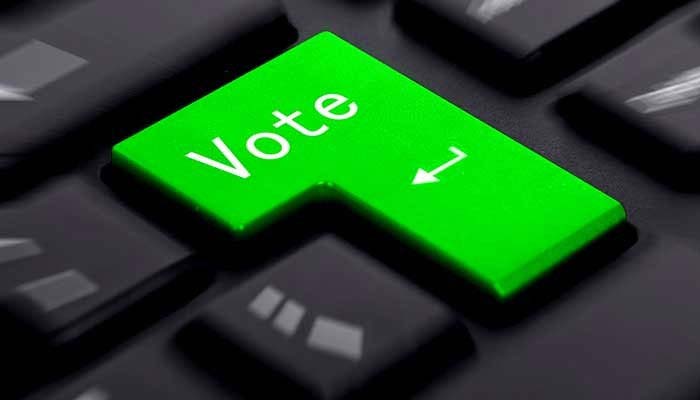
In many democratic countries, it is not difficult to find out how a lawmaker you elected is voting in the parliament. For example, in the United States, the Congress website helps a person track which bills a Senator or US representative voted for or against by simple typing in an area’s zip code.
But in Pakistan, it is almost impossible to determine which member of the National Assembly voted for a bill, motion or resolution in the House, explains Ahmer Bilal Soofi from the think-tank PILDAT.
Soofi adds that National Assembly rules 276 and 277 prevent such information from being divulged.
Rule 276, produced below, states that during voting in the lower house, the speaker shall record the votes “by voice”. Which means that members in favour of a bill “the ayes” will be asked to rise in their seats, and those against will be asked to do the same after. The rule adds: “In such a case the names of the voters shall not be recorded.”
Rule 276
276. Voting.- (1) Except as otherwise provided, the votes of members on any question put by the Speaker may be taken by voice in the first instance. On the conclusion of a debate, the Speaker shall put the question and invite those who are in favour of the motion to say "Aye" and those against the motion to say "No".
(2) The Speaker shall then say: " I think the Ayes or, as the case may be, the Noes have it" and the question before the Assembly shall be determined accordingly.
(3) If the opinion of the Speaker as to the decision of a question is challenged, he shall order that the Lobbies be cleared.
(4) After the lapse of two minutes, he shall put the question a second time and declare whether in his opinion the "Ayes" or the "Noes" have it.
(5) If the opinion so declared is again challenged, he shall direct that the votes be recorded either by division in the manner set out in the Fifth Schedule or by operating the automatic vote recorder:
Provided that, if in the opinion of the Speaker, the division is unnecessarily claimed, he may ask the members who are for "Aye" and those for "No" respectively to rise in their places and, on a count being taken, he may declare the determination of the Assembly. In such a case the names of the voters shall not be recorded.
“Through this voting process, a speaker can tell which member voted for or against a bill, but a voter will not be able to know,” said Soofi, in a video message posted on PILDAT’s website.
Bilal further adds that the national assembly had earlier installed automatic voting machines in the house, which allowed a lawmaker to vote by simply pressing a button, as per rule 277. But that system has not been in use since a while.
Rule 277
277. Division by automatic vote recorder.- (1) Where the Speaker directs under sub-rule (5) of rule 276 that the votes be recorded by operating the automatic vote recorder, it shall be put into operation and the members shall cast their votes from the seats respectively allotted to them by pressing the buttons provided for the purpose.
(2) After the result of the voting appears on the indicator board, the Speaker shall announce the result of the division and the result shall not be challenged.
(3) A member who is not able to cast his vote by pressing the button provided for the purpose due to any reason considered sufficient by the Speaker, may, with the permission of the Speaker, have his vote recorded verbally by stating whether he is in favour or against the motion, before the result of the division is announced.
(4) If a member finds that he has voted by mistake by pressing the wrong button, he may be allowed to correct his mistake, provided that he brings it to the notice of the Speaker before the result of the division is announced.
“Rules of the national assembly should be amended to ensure that voters can easily track if their representative voted in favor of against a bill,” said Bilal




0 Comments